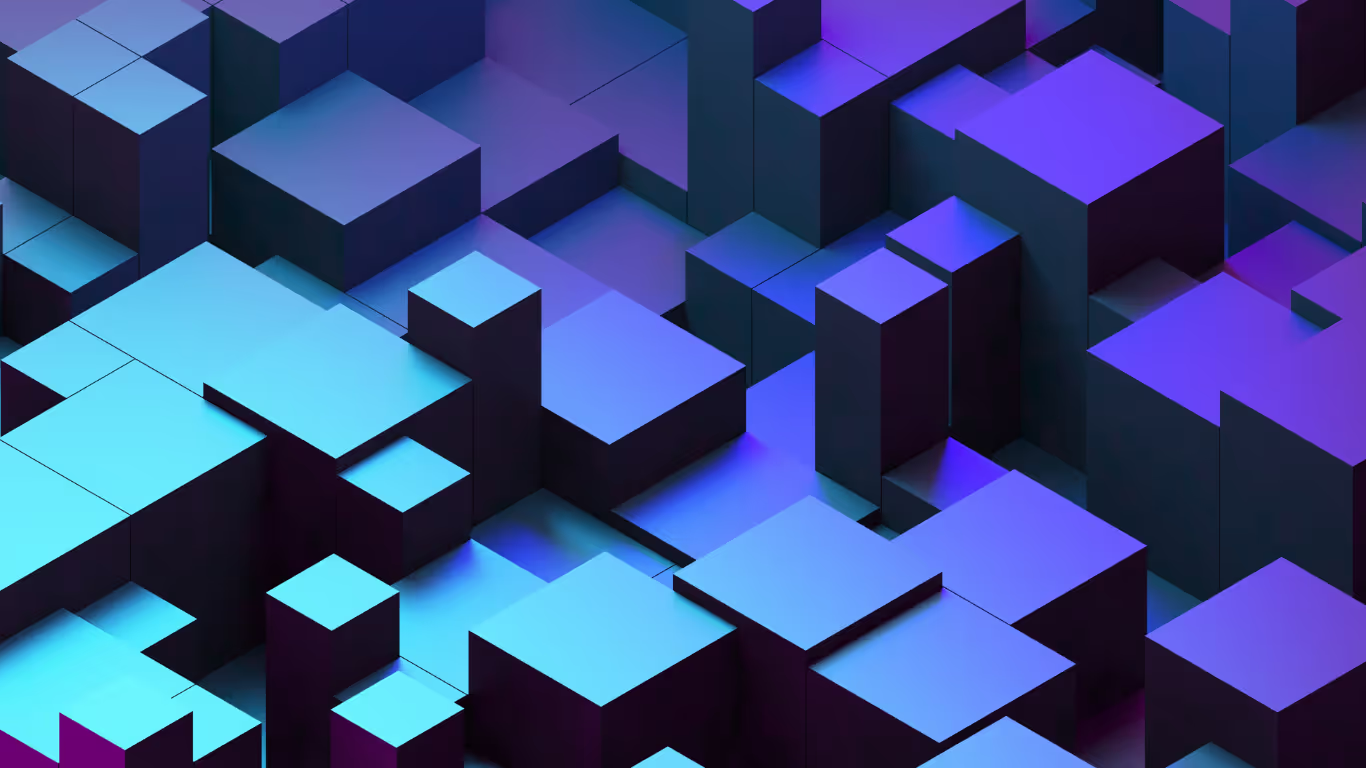

Read Time:
6
Minutes
Innovation @ Ntegra
September 22, 2025
Tech Roundup: How Apple, Google and Microsoft Are Engineering the Next Phase of AI
This June, the annual flagship events: Microsoft Build, Google I/O and Apple WWDC made it clear that the age of AI assistants is quickly evolving into the age of autonomous agents.
Each company showcased innovations that aim to integrate AI more deeply into everyday workflows, developer tools and personal computing environments. From coding assistance and app orchestration to spatial computing and privacy-first AI, these announcements illustrate a maturing landscape where intelligence is embedded directly into platforms, devices and applications. Here’s how the three tech giants are aligning their updates with the sector’s top priorities:
AI Automation & Autonomous Agents
Across all three companies, the move from simple automation to intelligent, decision-making agents was a major theme.
Google’s updates to Search and Gemini highlight a seamless user experience, where AI agents can understand objectives and execute tasks through web interaction. Project Astra adds multi-modal perception, using the camera and voice interface to enable live, context-aware conversations. Project Mariner extends these capabilities by giving developers the tools to automate browser-based tasks using natural language prompts.
Microsoft, meanwhile, has formalised this movement with Copilot Studio. Their updates allow agents to not only interact with desktop and web applications but also to fetch live data from the internet. The new multi-agent orchestration tools, powered by the Model Context Protocol (MCP) and the Agent2Agent (A2A) protocol, establish the groundwork for AI systems to collaborate internally and execute more complex workflows.
Apple, while not using the term “agent” explicitly, introduced Intelligent Shortcuts. These build on the Shortcuts ecosystem with Apple Intelligence, allowing multi-step automation, contextual reasoning and natural language execution entirely on-device. While simpler in scope, they represent the same trajectory: moving toward context-aware automation that adapts to user intent.

AI Coding Assistants
AI-assisted development continues to accelerate, with both Google and Microsoft showcasing tools that enable developers to delegate high-level tasks to intelligent systems.
Google introduced Jules, an agentic assistant that can read your codebase, understand your intent and perform tasks such as writing tests, building features or fixing bugs. It operates in a secure cloud environment, offering privacy alongside parallel execution.
Microsoft expanded GitHub Copilot with Agent Mode, a more advanced interface that allows developers to describe a goal in natural language. The agent will then plan, execute, and iterate on code changes, including resolving build failures or integrating with chosen backend models. This brings a more autonomous flavour to what began as predictive code completion, helping developers focus on intent rather than syntax.

Generative Media
Google dominated the generative media space at I/O 2025 with its release of Veo 3, an advanced model capable of generating video with accurate lip syncing, audio narration and realistic background sound. Paired with Flow, a new filmmaking tool driven by natural language prompts, Google is clearly investing in tools for content creators who want fast, high-quality output without complex editing workflows.
These tools offer a glimpse into the future of creative production, where AI handles not just inspiration but execution. While Microsoft and Apple didn’t focus heavily on media generation in their respective events, Google’s offerings set the benchmark for multimodal creative tools.
On Device AI, Privacy & Security
Security and privacy were central themes, particularly for Apple and Microsoft. Apple reinforced its commitment to privacy by announcing that its new Foundation Models run entirely on-device. Through the Foundation Model Framework, developers can integrate Apple Intelligence directly into apps without user data ever leaving the device. Optional Private Cloud Compute is available for more intensive tasks, but even then, data is encrypted end-to-end and processed within Apple infrastructure.
Microsoft announced Windows AI Foundry and Entra Agent ID. While the former focuses on enabling developers to run models locally for low-latency applications, Entra Agent ID introduces secure digital identities for AI agents. This brings enterprise-grade visibility and governance to agent-based systems, extending existing identity protection principles to AI-powered workflows.
Spatial & Immersive AI
Spatial computing is becoming a major area of innovation. Google showcased Android XR with partners such as Samsung and Gentle Monster, demonstrating real-time translation and contextual overlays through smart glasses. This points toward a future of heads-up, AI-enhanced interfaces that can assist users without removing them from the physical world.
Google Beam, a continuation of Project Starline, pushes remote communication into the realm of volumetric video. Live3D video calls with spatial audio and realistic avatars aim to blur the boundary between virtual and in-person meetings.

Apple, on the other hand, advanced its vision OS platform with version 26 (Apple has pushed all new OS updates to version 26, so they are aligned). New spatial widgets, shared experiences, and realistic personas offer a more immersive and personal interface for visionOS users. Partnerships with Niantic and Snap hint at a growing ecosystem for mixed reality content.
Design Frameworks
Apple introduced a major visual overhaul across its platforms called Liquid Glass. Inspired by the design language in visionOS, it brings dynamic translucency and content-forward layouts to iOS, iPadOS and macOS. Developers can adopt it through updated SwiftUI, UIKit and AppKit frameworks.
Google announced Stitch, a generative design tool that allows developers and designers to create front-end interfaces from natural language prompts and images. It integrates with Figma and can export production-ready code, providing a powerful bridge between ideation and implementation.
Final Thoughts
The 2025 developer events underscored a collective shift toward more intelligent, agent-driven ecosystems. Whether embedded in an IDE, browser, mobile device or headset, AI is now expected to reason, act and collaborate with humans in increasingly autonomous ways. Privacy, security and seamless UX remain essential to success, and on-device execution is becoming the default for user trust.
Developers now have the opportunity to build experiences where AI doesn’t just assist, but actively partners in delivering outcomes. With the groundwork laid by Microsoft, Google and Apple, the future of intelligent tooling is already here.
Authored by Sean Bailey, Head of Research and Development
If you enjoyed this blog post, explore these related topics from Ntegra's Blog Hub for deep insights, industry trends, and thought leadership. Our curated content navigates the ever-evolving landscape of technology, innovation, and business strategy.
Building an AI-Ready Organisation: Insights from March Roundtable
Agentic AI: The Future of Workflow Efficiency and Autonomous Systems
Becoming AI-First: Unlock Strategic Value with Confidence and Trust
Enhancing AI with Precision: The Evolution and Impact of Retrieval-Augmented Generation
Understanding AI-Powered Virtual Assistants: Building, Benefits, Risks and Selection
2025 Innovation Predictions: The Future of Technology and Disruption
Ntegra's Innovation and Technology Predictions for 2024
USRT 2018 – The Future Of AI – Jim Spohrer
Digital Transformation: Turning Artificial Intelligence Investment into Lasting Competitive Edge

